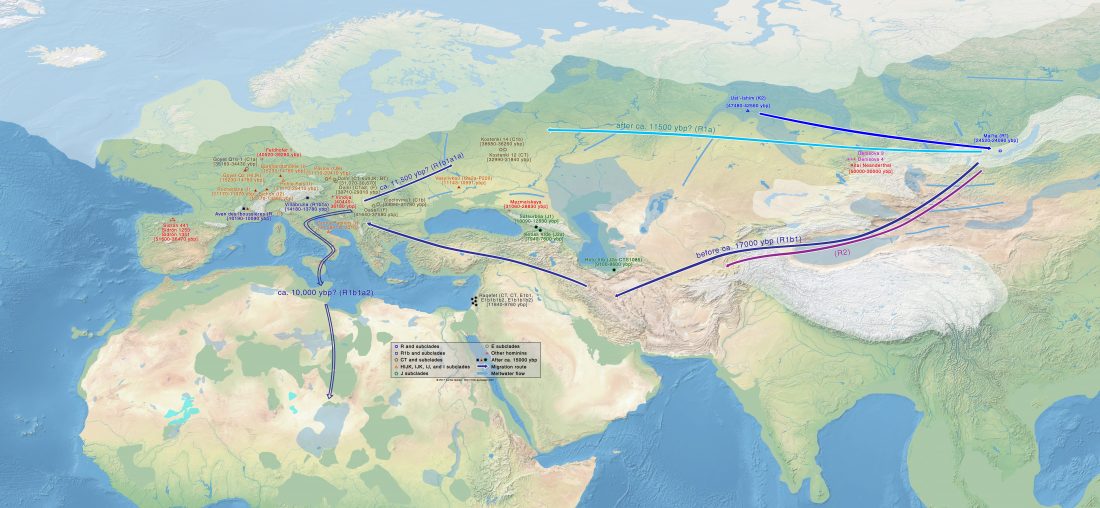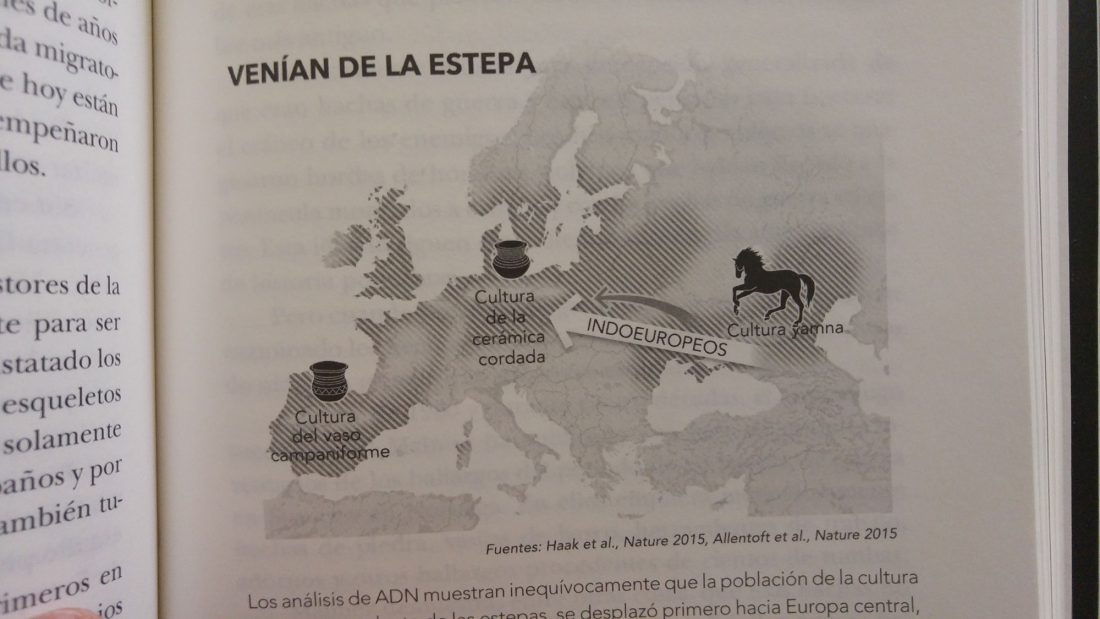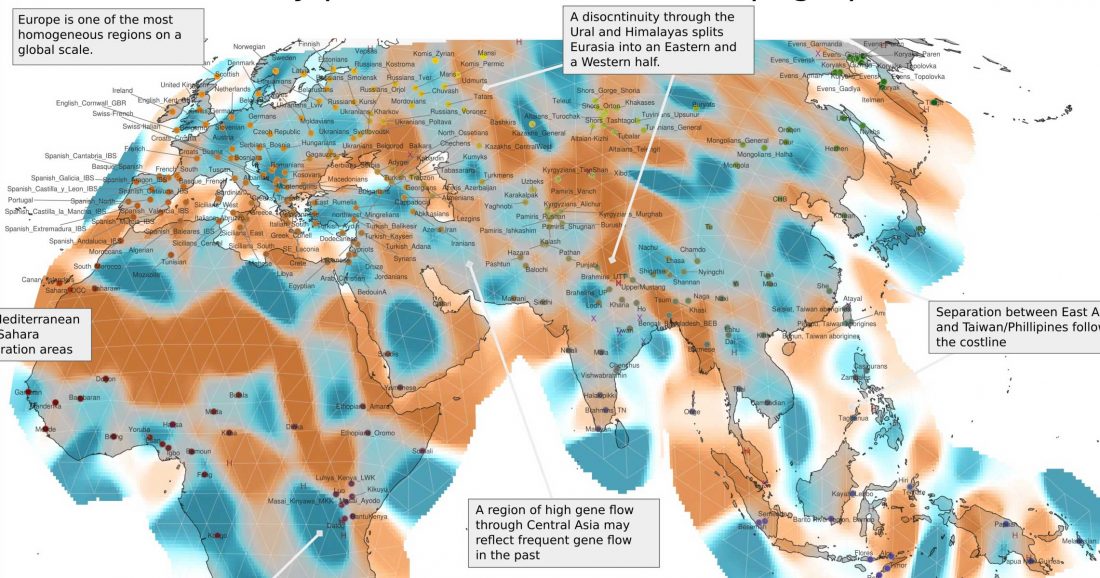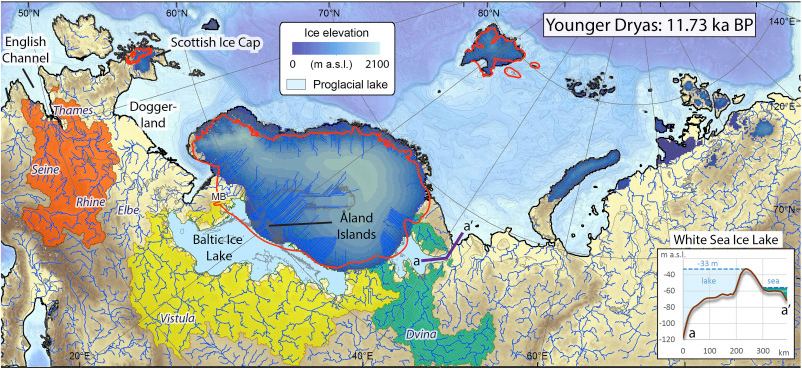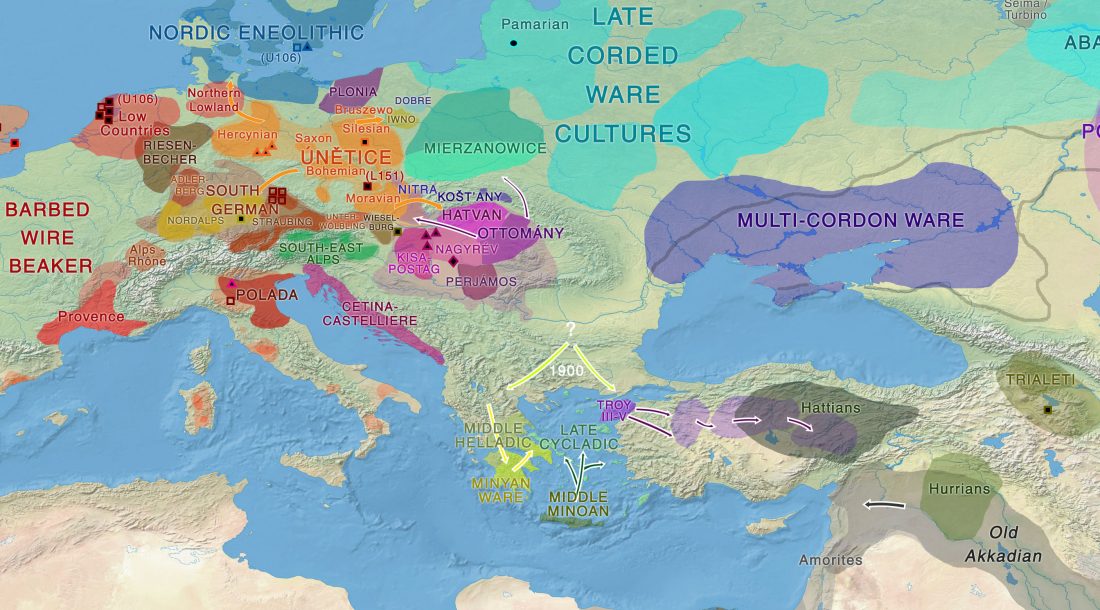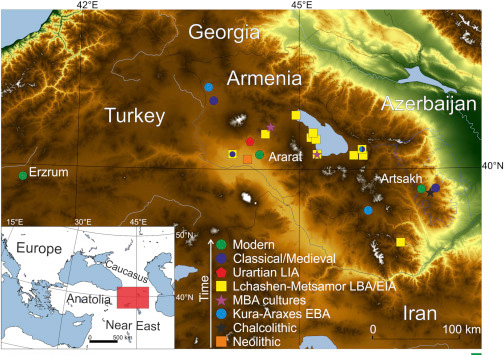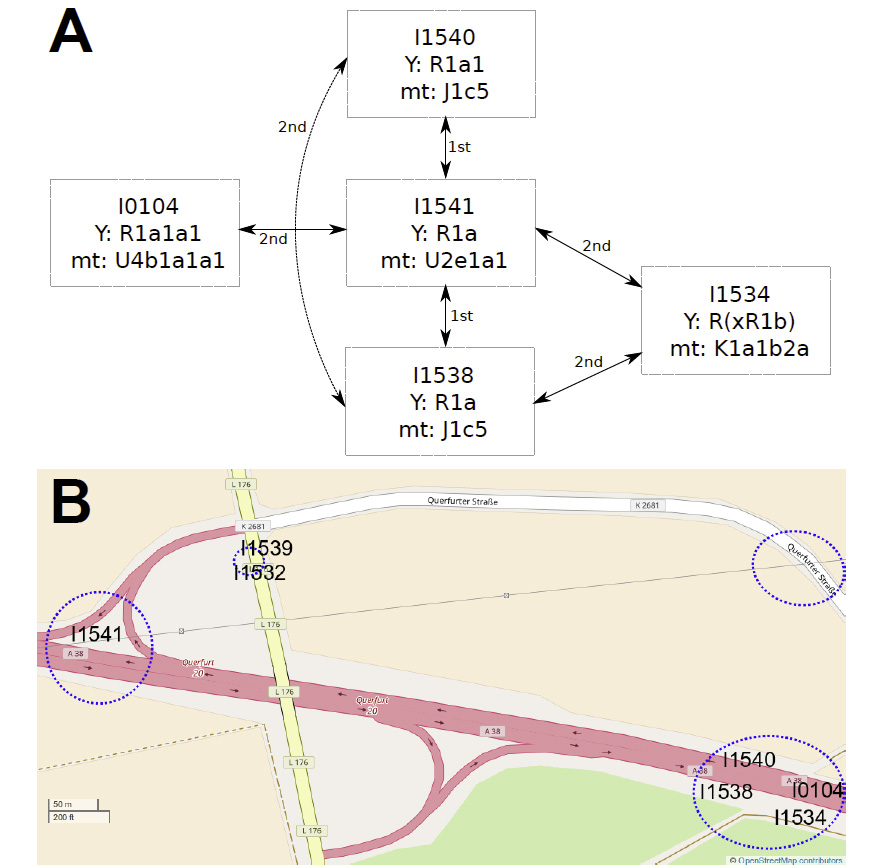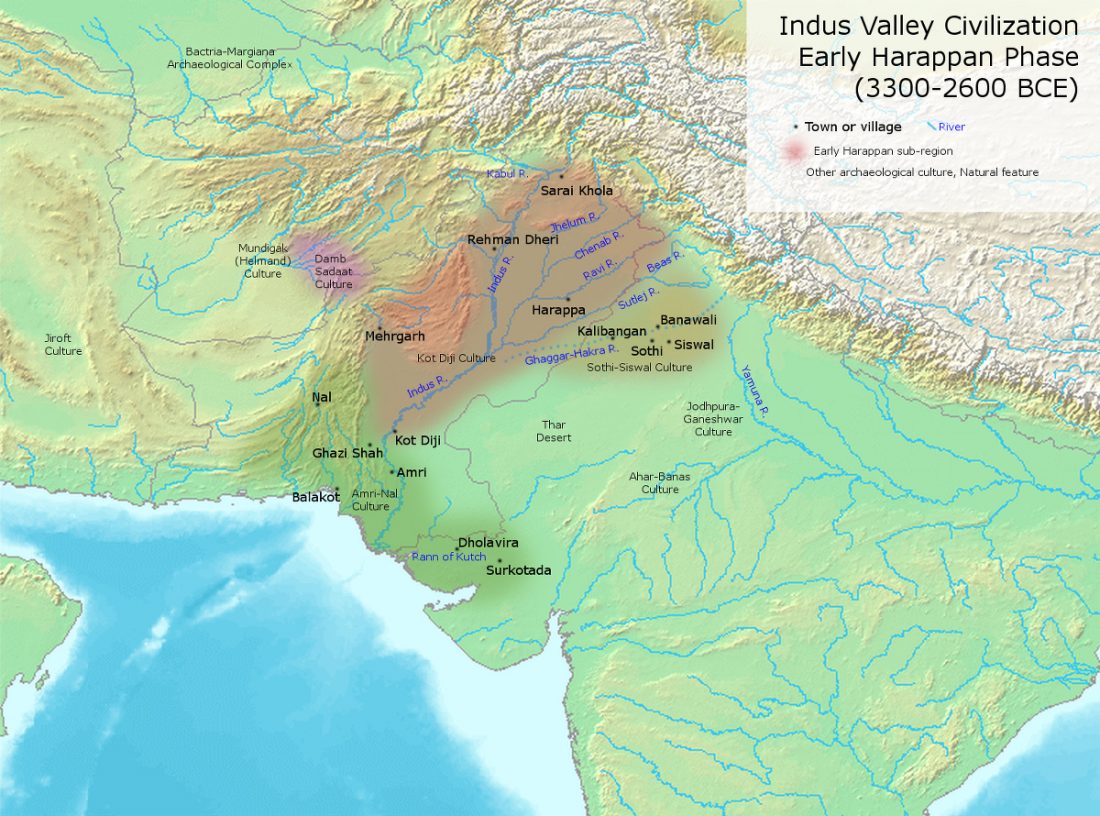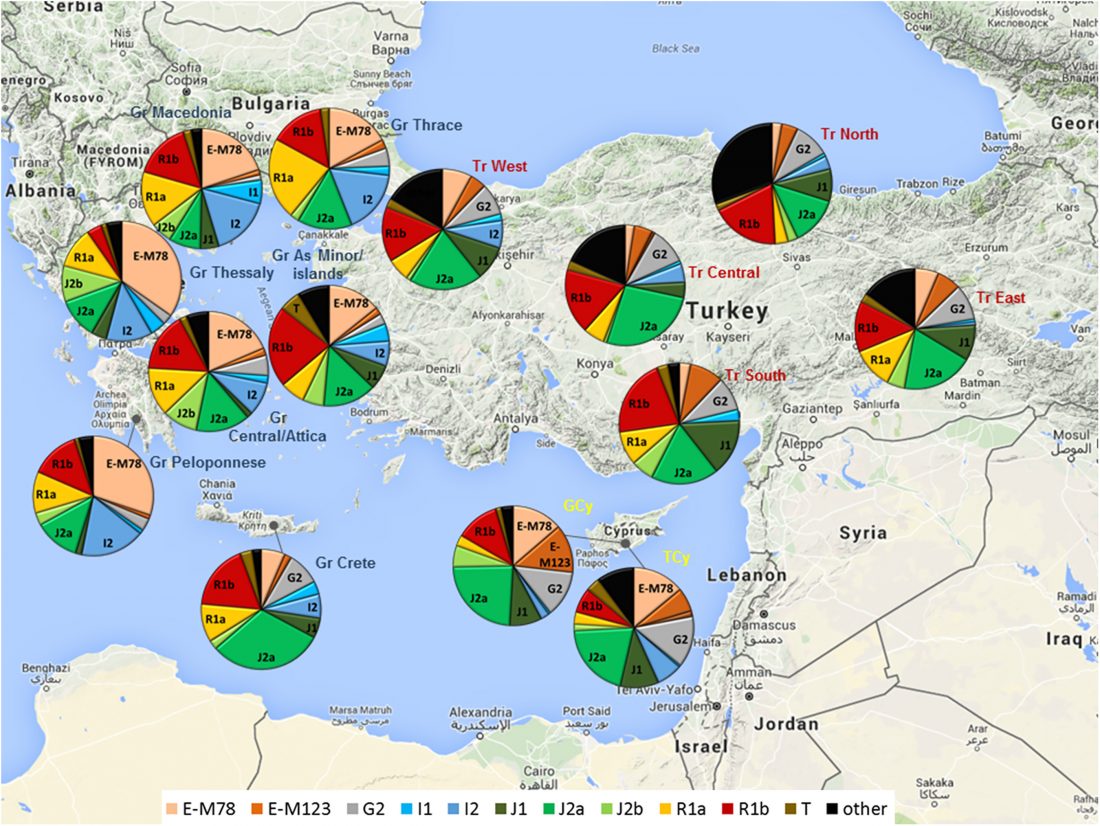The publication of new ancient DNA samples from Africa is near, according to people at the SMBE meeting. As reported by Anthropology.net, a group by Pontus Skoglund has analysed new samples (complementing the study made by Carina Schlebusch), so we will have ancient samples of Africans from 300 to 6,000 years ago. They have been compared to the data of modern African populations, and among their likely conclusions (to be published):
… Read the rest “Potential Afroasiatic Urheimat near Lake Megachad”
- Several thousand years ago, likely Tanzanian herders migrated far and wide, reaching Southern Africa centuries before the first farmers.
- West Africans were likely early contributors to the
